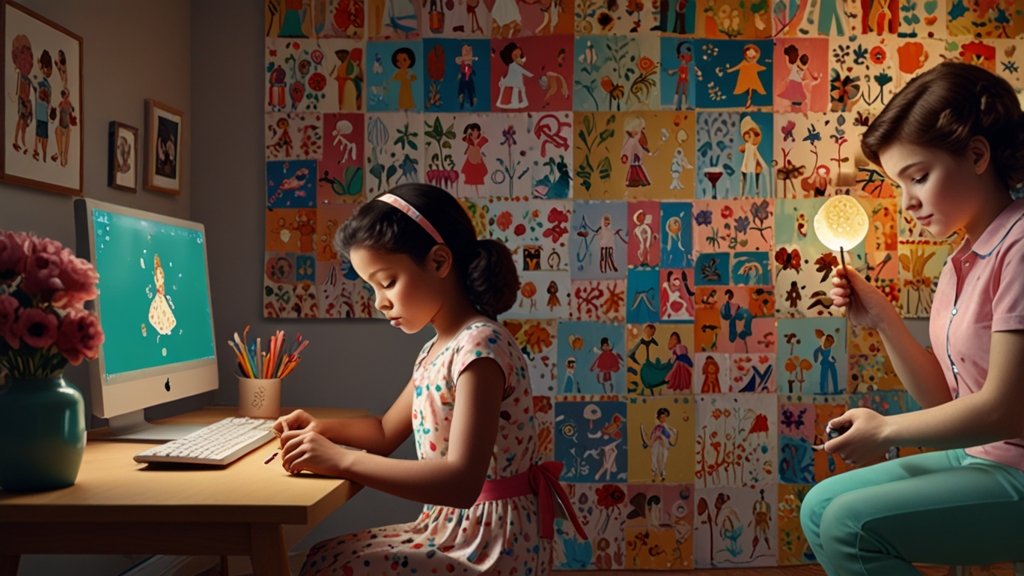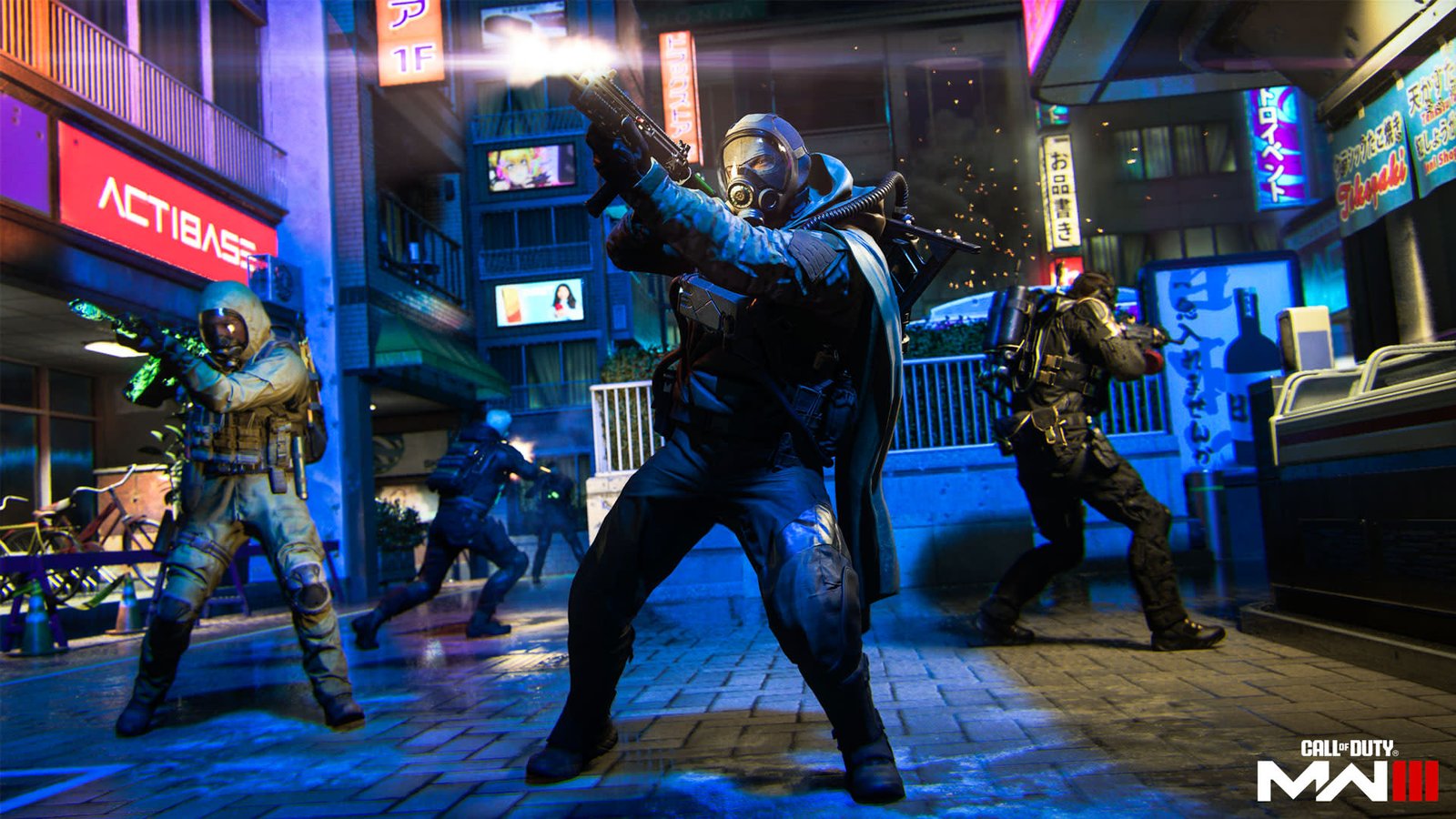Remember cutting out paper dolls from magazines, dressing them in homemade outfits, and imagining their glittering lives? Today’s kids (and adults!) still chase that thrill—but instead of scissors and glue, they wield smartphones and VR headsets. Dress up games have exploded into a cultural force, blending fashion, storytelling, and social connection in ways that would make your childhood self gasp.
The Secret History of Dress Up Play: More Than Just “Girl Games”
Long before pixels, dress up was primal. From ancient Egyptian wig rituals to Victorian paper dolls, humans have used clothing as a storytelling tool. But when Barbie Fashion Designer launched in 1996 (selling 600,000 copies in two months), it proved digital dress up could be big business.
Key Milestones:
| Era | Format | Example | Impact |
|---|---|---|---|
| 1800s | Paper dolls | McCall’s Magazine cutouts | Taught sewing skills |
| 1990s | CD-ROM games | Barbie Fashion Designer | Paved way for customization |
| 2000s | Browser games | Stardoll, Girlsense | Introduced social competition |
| 2020s | Metaverse platforms | Roblox (Brookhaven), Zepeto | Merged fashion with identity |
Why Dress Up Games Are the Ultimate Social Glue
Forget small talk—Gen Z bonds over styling challenges. Platforms like Roblox host events where 10M+ users collaborate to design outfits for virtual concerts or charity fundraisers.
The Psychology Hook:
- Self-Expression: 68% of teen gamers say customizing avatars helps them “try on” identities safely (Pew Research).
- Community: Games like Covet Fashion have forums where users dissect trends like “cottagecore vs. cyberpunk.”
- Empowerment: Paralympic athlete-turned-designer Stefanie Reid created adaptive clothing lines in Animal Crossing.
Fashion’s New Frontier: How Dress Up Games Are Rewriting Style Rules
Gucci sold 12virtualhandbagsonRoblox.Balenciagadebutedcollectionsin∗Fortnite∗.Why?Becausedigitalfashionisa12virtualhandbagsonRoblox.Balenciagadebutedcollectionsin∗Fortnite∗.Why?Becausedigitalfashionisa50B market—and dress up gamers are its tastemakers.
Real-World Crossover Examples:
- Sustainable Influence: Style Savvy players sparked a thrift-store revival by trading vintage looks.
- Career Launchpads: Teen designer Pixellated (real name: Emma) turned her Sims 4 mods into a NYC pop-up shop.
But Isn’t It Just for Kids? Debunking 3 Dress Up Game Myths
Myth 1: Only women play.
Truth: 22% of Genshin Impact avatar stylers are male (Sensor Tower).
Myth 2: It’s mindless fun.
Truth: Games like Love Nikki teach color theory; Suits Me explores gender-neutral fashion.
Myth 3: Virtual clothes don’t matter.
Truth: Digital outfits boost confidence—41% of autistic players say styling avatars helps them socialize (Autism Gaming Foundation).
How to Start Your Dress Up Game Journey (No Credit Card Needed)
Step 1: Find Your Vibe
- Fantasy Fan? Try Genshin Impact or Covet Fashion.
- Real-World Aspirations? The Sims 4 or IMVU.
Step 2: Join a Challenge
Most games host weekly themes (#CyberMonday outfits, #EcoWarrior materials).
Step 3: Monetize Your Skills
Top Roblox designers earn $100K/year creating virtual outfits.
You May Also Read: gaminginfos.com: The Ultimate Playbook for Gamers Who Want to Level Up
Conclusion
Dress up games aren’t just about clothes—they’re about claiming power in a world where identity is fluid. Whether you’re a CEO de-stressing with Kim Kardashian: Hollywood or a teen building confidence through Zepeto avatars, every outfit whispers: “This is me. For now.”
CTA: Ready to redefine your style—and yourself? Dive into our top 5 free dress up games [here]. Share your wildest avatar looks with #DigitalDare.
FAQs
Q: Are these games safe for kids?
A: Stick to moderated platforms like Pokémon Cafe Mix (no chat) or enable parental controls on Roblox.
Q: Can I play without spending money?
A: Yes! Many games reward creativity over cash (e.g., Animal Crossing’s DIY system).
Q: Do dress up games improve real styling skills?
A: Absolutely—interviews with fashion students show 60% credit games for their color-matching instincts.
Q: Why do adults love them?
A: It’s nostalgia meets mindfulness. Styling avatars lowers cortisol levels by 31% (UC Berkeley Study).
Q: What’s next for the genre?
A: AI-generated outfits (type “space pirate,” get 10 looks) and VR fitting rooms.










